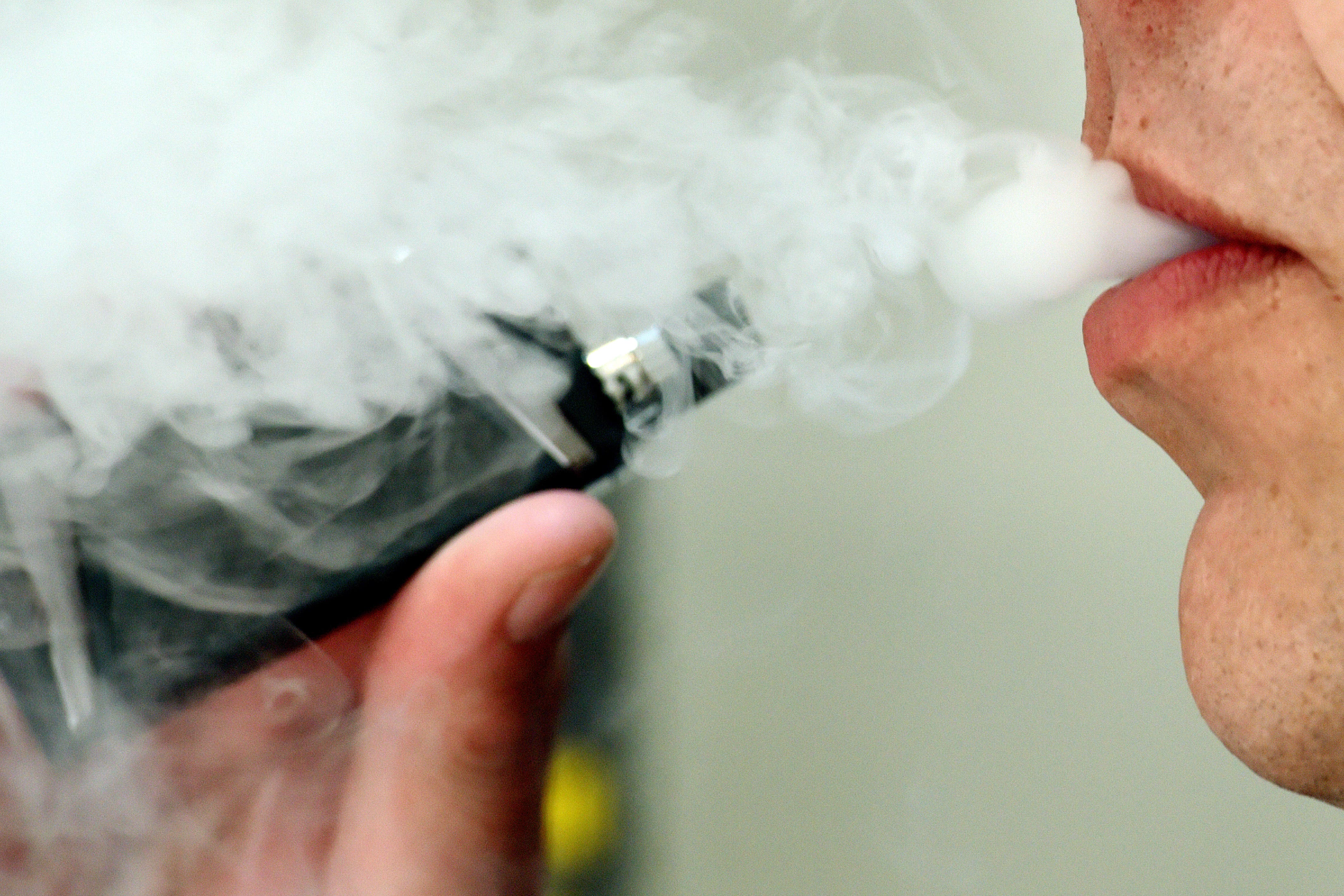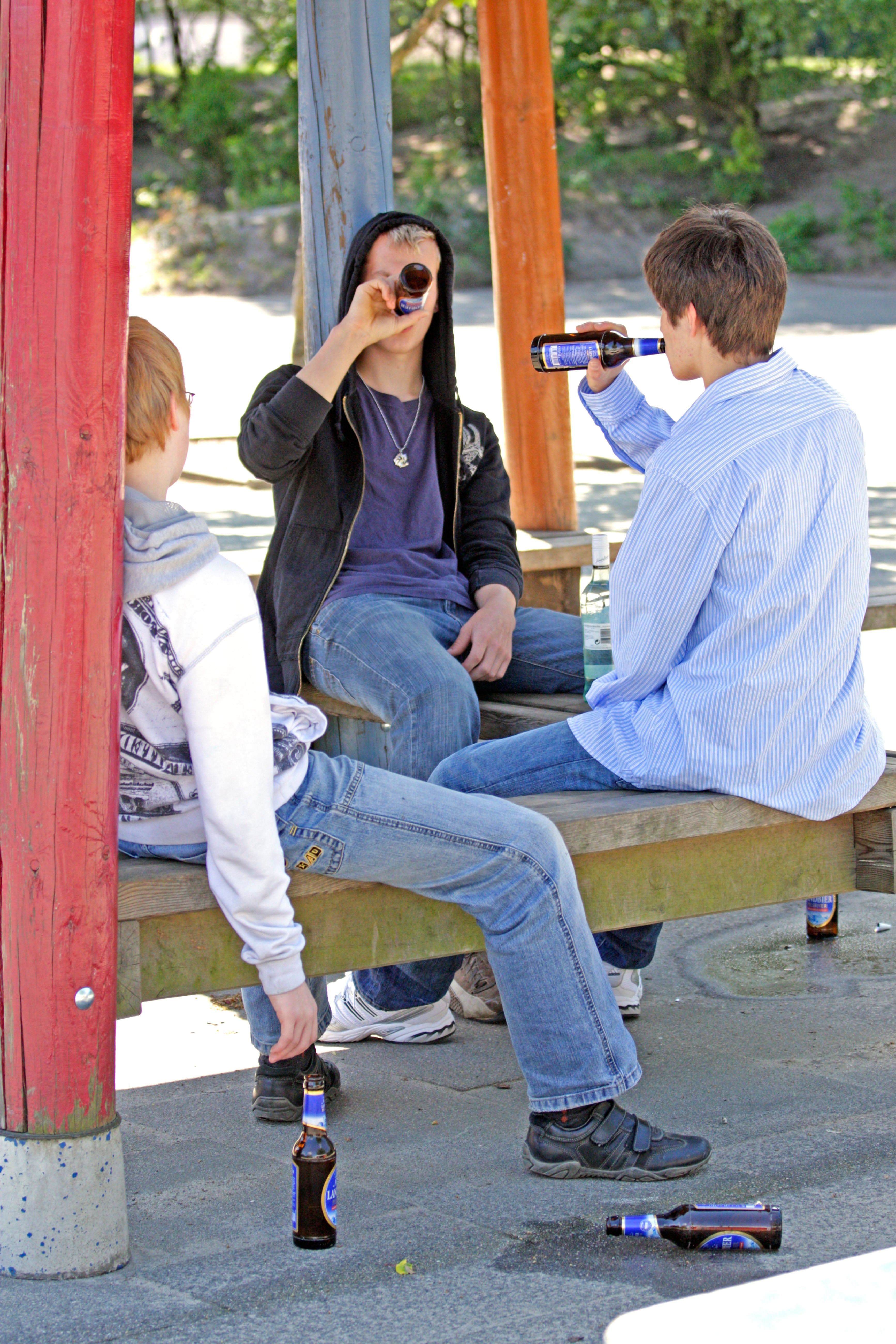Rich kids are more likely to vape and take drugs, report claims
The report authors said the pattern ‘runs in the opposite direction to the one many people might expect’

Your support helps us to tell the story
From reproductive rights to climate change to Big Tech, The Independent is on the ground when the story is developing. Whether it's investigating the financials of Elon Musk's pro-Trump PAC or producing our latest documentary, 'The A Word', which shines a light on the American women fighting for reproductive rights, we know how important it is to parse out the facts from the messaging.
At such a critical moment in US history, we need reporters on the ground. Your donation allows us to keep sending journalists to speak to both sides of the story.
The Independent is trusted by Americans across the entire political spectrum. And unlike many other quality news outlets, we choose not to lock Americans out of our reporting and analysis with paywalls. We believe quality journalism should be available to everyone, paid for by those who can afford it.
Your support makes all the difference.Vaping, illegal drug use and drinking alcohol appear more common among children from better-off families compared to less advantaged households, analysis has suggested.
A greater proportion of children aged 11 to 15 from affluent backgrounds in England self-reported their experience of each than those from the least affluent backgrounds, data showed.
The Social Mobility Commission said its analysis of NHS Digital data showed that almost a third, 32 per cent, of young people from the so-called high affluent group, had consumed alcohol in the previous month, compared to less than a fifth, 19 per cent, of those in the low affluent group.
Some 13 per cent had vaped, compared with 10 per cent in the least advantaged group, while almost a quarter, 23 per cent had taken drugs compared with 17 per cent in the low affluent group.
Figures show a sharp increase in, vaping, alcohol use and drug use since 2016 after a significant decline between the early 2000s and 2015.
The commission also warned of a “potential crisis” in adolescent mental health in the UK as data shows 35 per cent of teenage girls reporting feeling nervous and losing confidence in new situations, a figure authors described as “strikingly high”.

The authors suggested access to alcohol might be easier for children from higher socio-economic backgrounds due to costs, but they said they do not believe this explains the wider findings and called for further research “to explore these worrying trends”.
The report authors said the pattern “runs in the opposite direction to the one many people might expect”.
They said: “We find a reverse gradient in drinking alcohol, vaping and illegal drugs, which is to say higher levels of these activities among school children from more affluent families.”
Smoking bucked the trend, although was only slightly higher among the low affluent group, at 5 per cent compared to 4 per cent.
The authors acknowledged the data analysed was from 2021 when some pandemic restrictions were in place which could have affected the outcomes, and noted that the picture for more recent years is not yet known.
They said the gap regarding alcohol consumption appeared to have widened since 2014, when it was around 11 per cent in the lower socioeconomic group and 12 per cent in the higher group – although they cautioned the measurements of affluence have changed slightly between then and the 2021 data.
Their report, “Childhood Origins of Social Mobility”, also looked at young people’s wellbeing and mental health.
Analysing results of the British Household Panel Survey and Understanding Society from 1994 to 2020, the commission said children aged 11 to 15 appeared to be having more problems with self-esteem and social anxiety.
Almost one in 10 disagreed with the statement “I am a likeable person” in 2020, up from around 4 per cent in 2010, the commission said.
Rob Wilson, deputy chair of the commission, said: “It is deeply concerning that children are drinking alcohol, taking drugs and vaping at such young ages.
“Research tells us that young people from more affluent backgrounds are more likely to use these substances than disadvantaged children, and the gap is widening.
“We don’t yet know the exact reasons for this, although our report does highlight that many young people are also experiencing anxiety and poor mental health.
“What we do know is that adults in higher socio-economic groups drink alcohol more frequently than other groups, possibly due to the cost, and this may make alcohol more accessible.”
He said however more research is needed as the figures do not explain the whole picture.
The researchers used the Family Affluence Scale to group children into low, medium or high according to their answers to a series of questions including whether they had their own bedroom, have travelled abroad and how many computers and tablets are in their home.